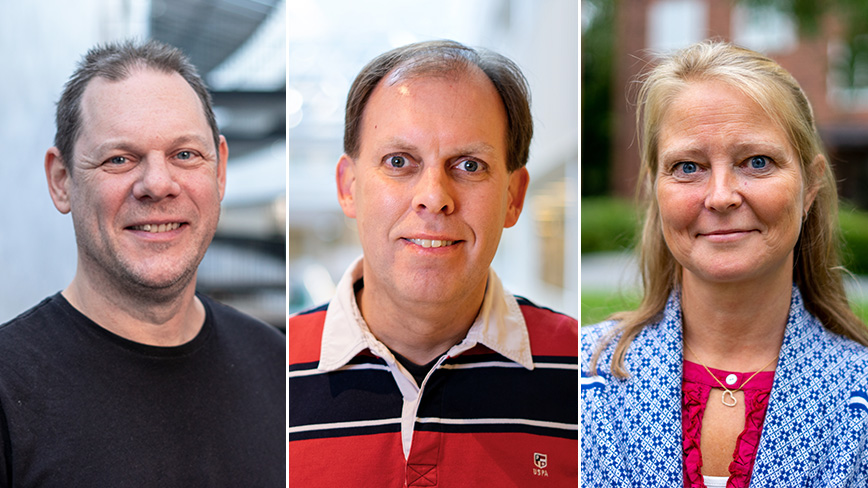"We should complement each other" GA on Future Education and CBH's project

KTH's education programmes must also be relevant in the future – that is what the program Future Education is all about.
“The fact that things work well today does not mean that they will work well in ten or twenty years, says Mats Nilsson,” Director of First and Second Cycle Education at the CBH school.
The goal of the Future Education programme is to develop the educational offer, teaching and examination methods to simply adapt KTH to the needs of future students. In that work, KTH has looked at universities both in Sweden and abroad.
“It is a proactive work which, in the first stage, will last until 2027, when a major review is carried out and the results are seen. But of course the programme does not end there,” says Mats Nilsson.
Future Education is based on 13 principles that were decided by former president Sigbritt Karlsson on 1 July 2022. The 13 principles are clustered in five areas: Students' skills, Educational prerequisites, Supportive conditions, Educational culture for quality, External requirements and societal needs.
The project is led centrally by programme manager Joakim Lilliesköld (EECS) and programme coordinator Per Fagrell. Together with the deputy programme managers Gunnar Tibert (SCI) and Anna Jerbrant (ITM) and communication officer Sofie Kim, they lead and coordinate all projects that are carried out at the schools – they form what is called the "Programme office".
Four projects at CBH
The programme office, in turn, has asked the five schools to come up with proposals regarding which issues they want to work on, based on the 13 principles. At the CBH school, Director of First and Second Cycle (GA)Mats Nilsson, deputy GA Karin Odelius and Torbjörn Gräslund and head of school Amelie Eriksson Karlström have formed a project group and contacted the heads of department to take in suggestions and ideas. In the end, the result was four projects that, in the first stage, will continue to be worked on:
- Digital and continuous assessment
- Broadened recruitment to industry-relevant Master’s programmes
- Increased student completion
- Development of programme structures of the second cycle education
Cross-school collaboration
But the schools' working groups have not only sat in their chambers and worked, they have also met regularly in workshops together with representatives from all schools. This has led to the CBH school now collaborating with ITM and EECS.
“Among other things, we will, together with EECS, review how our Degree programmes in Electrical Engineering and Computer Engineering are planned,” says Mats Nilsson and continues:
“There is a point in the fact that the courses are on different campuses – both in Flemingsberg and Kista. However, we need to look at how they develop on the different campuses and collaborate more. We should complement each other, not compete.”
Even with regard to the Technical Preparatory Year there is a collaboration, then with the ITM school, which is responsible for the Technical Preparatory Year in Södertälje.
- During the pandemic, we had to quickly come up with a distance Technical Preparatory Year. Now we want to sit down in peace and quiet and together look at how we can create a good distance Technical Preparatory Year based on our experiences and educational research.
Future Education also includes the work with Lifelong learning and being able to offer relevant freestanding courses for professionals.
